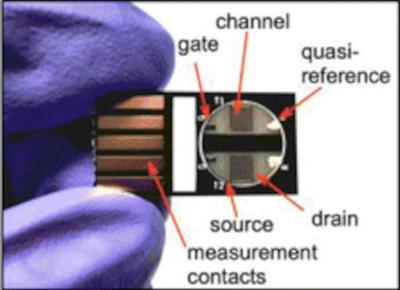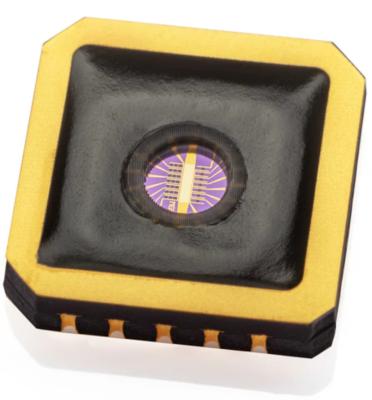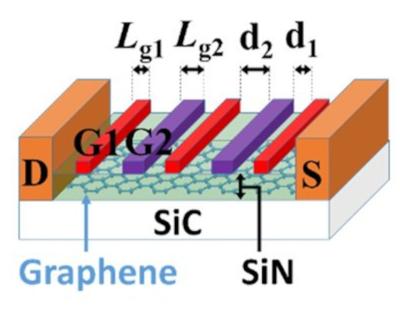Researchers use UV-assisted atomic layer deposition to design high-performance graphene-dielectric interface
Researchers from Seoul National University of Science and Technology (SeoulTech) and Kwangwoon University recently used a novel approach called UV-assisted atomic layer deposition (UV-ALD) to treat graphene electrodes. The choice of this technique resulted in the successful production of a high-performance graphene-dielectric interface.
The research team became the first to apply UV-ALD to the deposition of dielectric films onto the surface of graphene. Atomic layer deposition (ALD) involves adding ultra-thin layers at the atomic scale to a substrate, and its significance has grown considerably as semiconductor components have shrunk in size. UV-ALD, which combines ultraviolet light with the deposition process, enables more dielectric film placement than traditional ALD. However, no one had explored the application of UV-ALD for 2D materials such as graphene.



